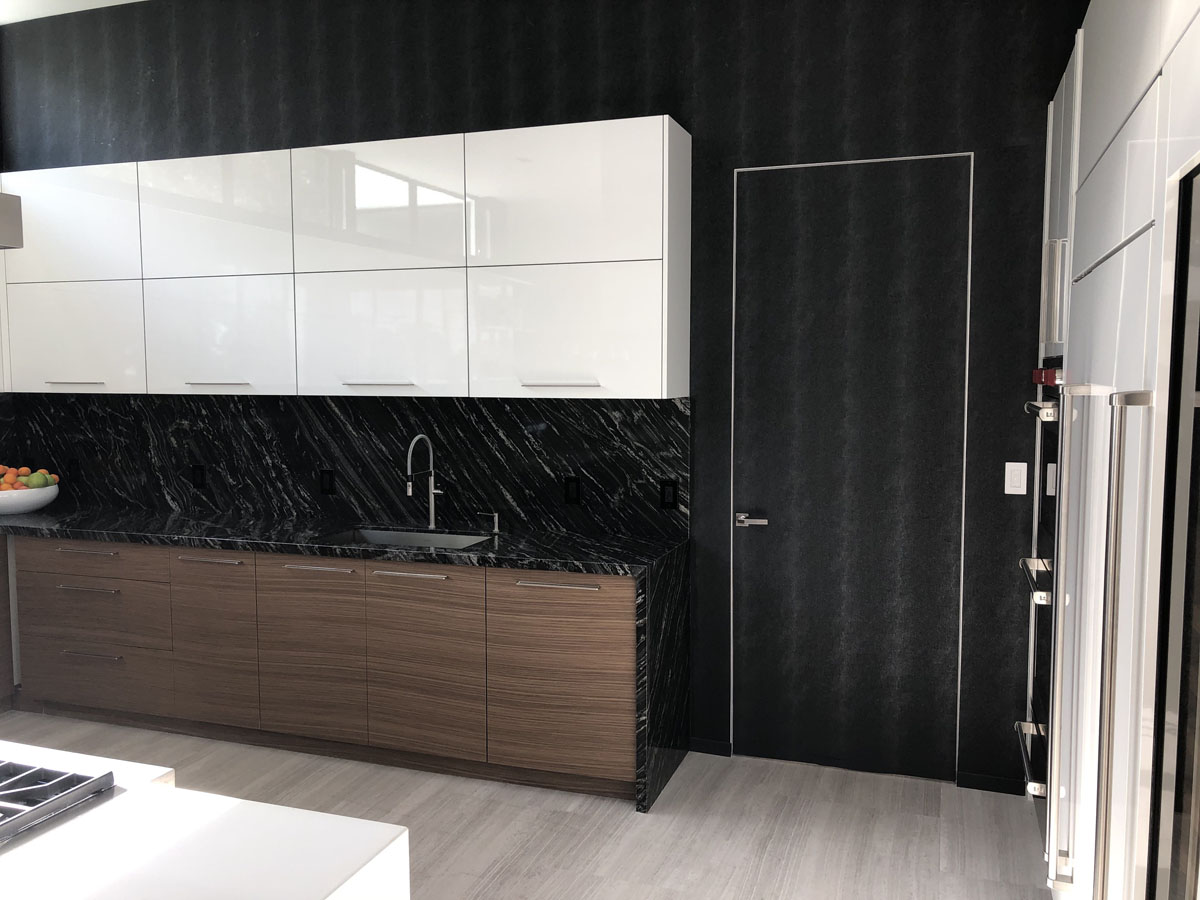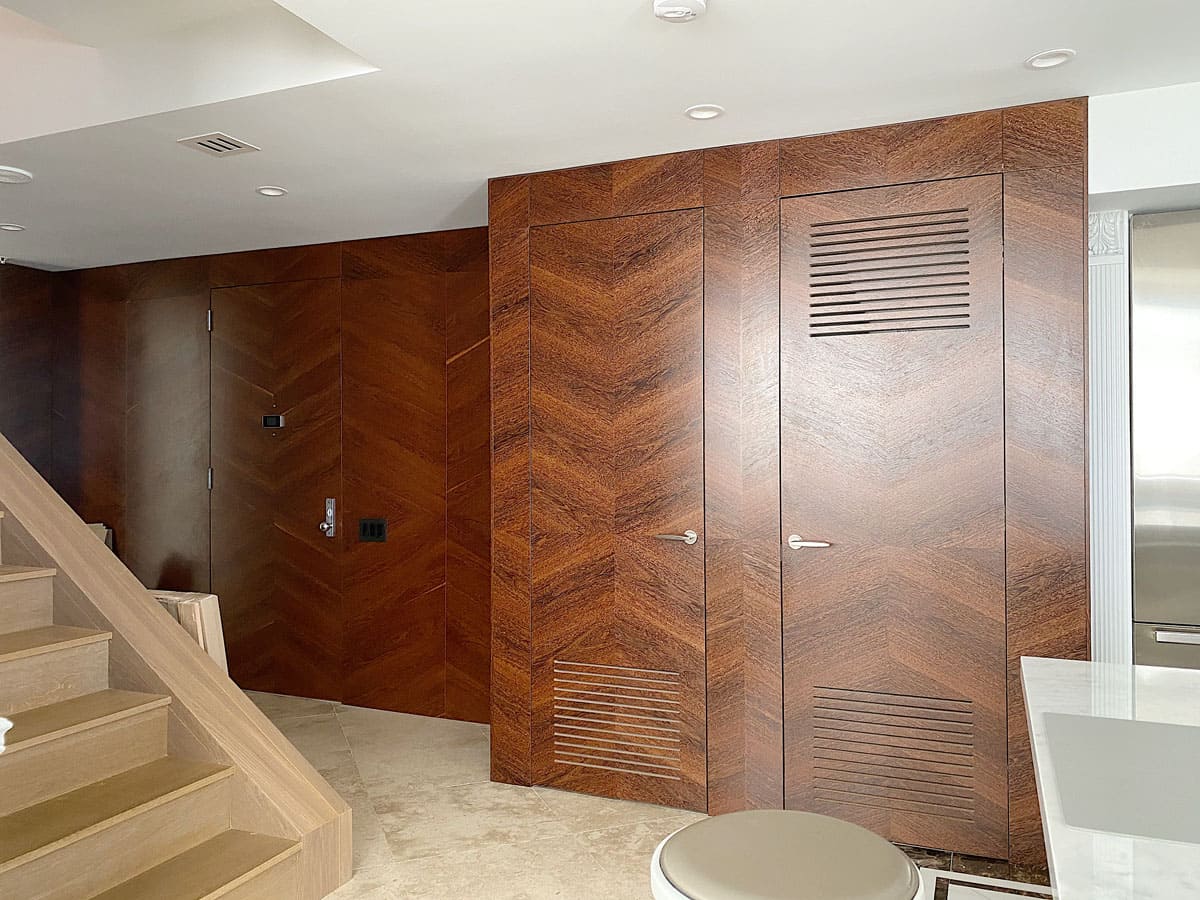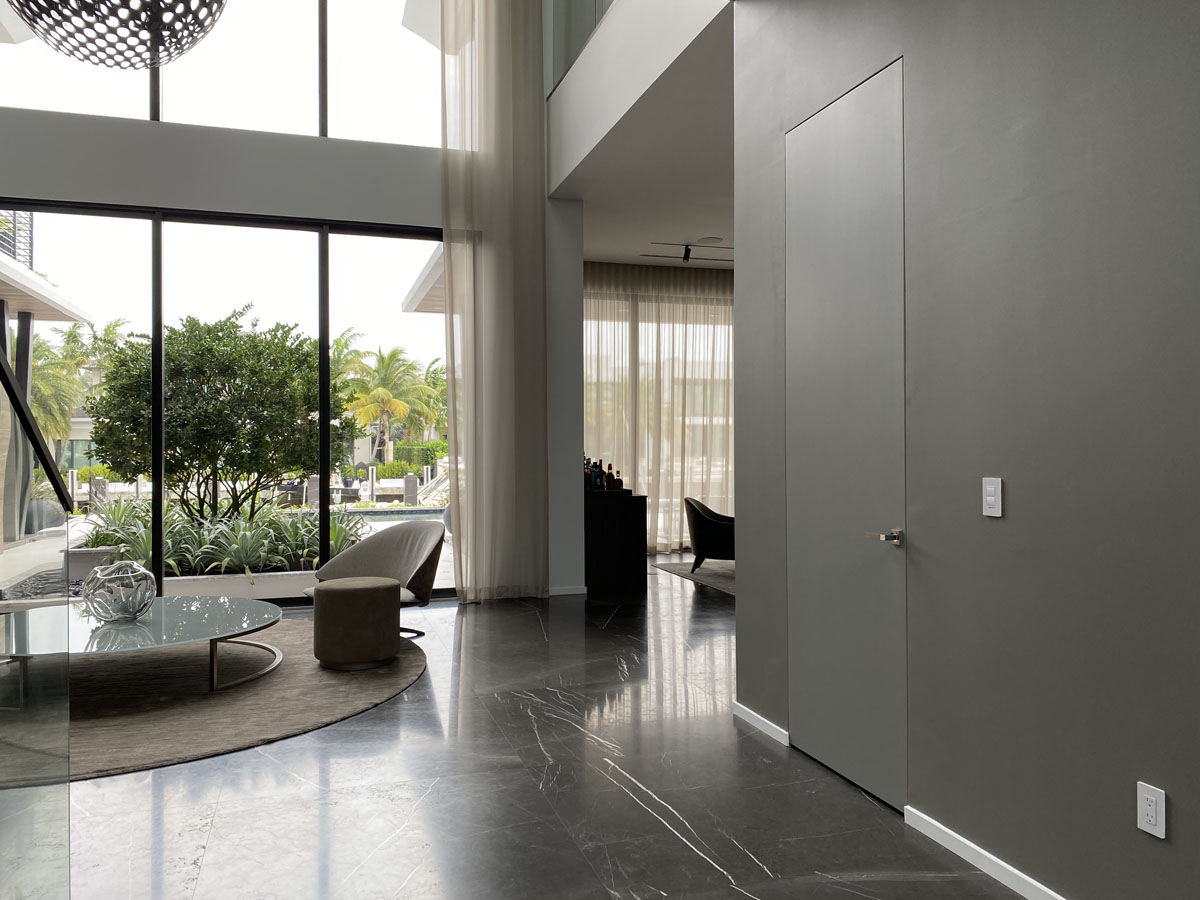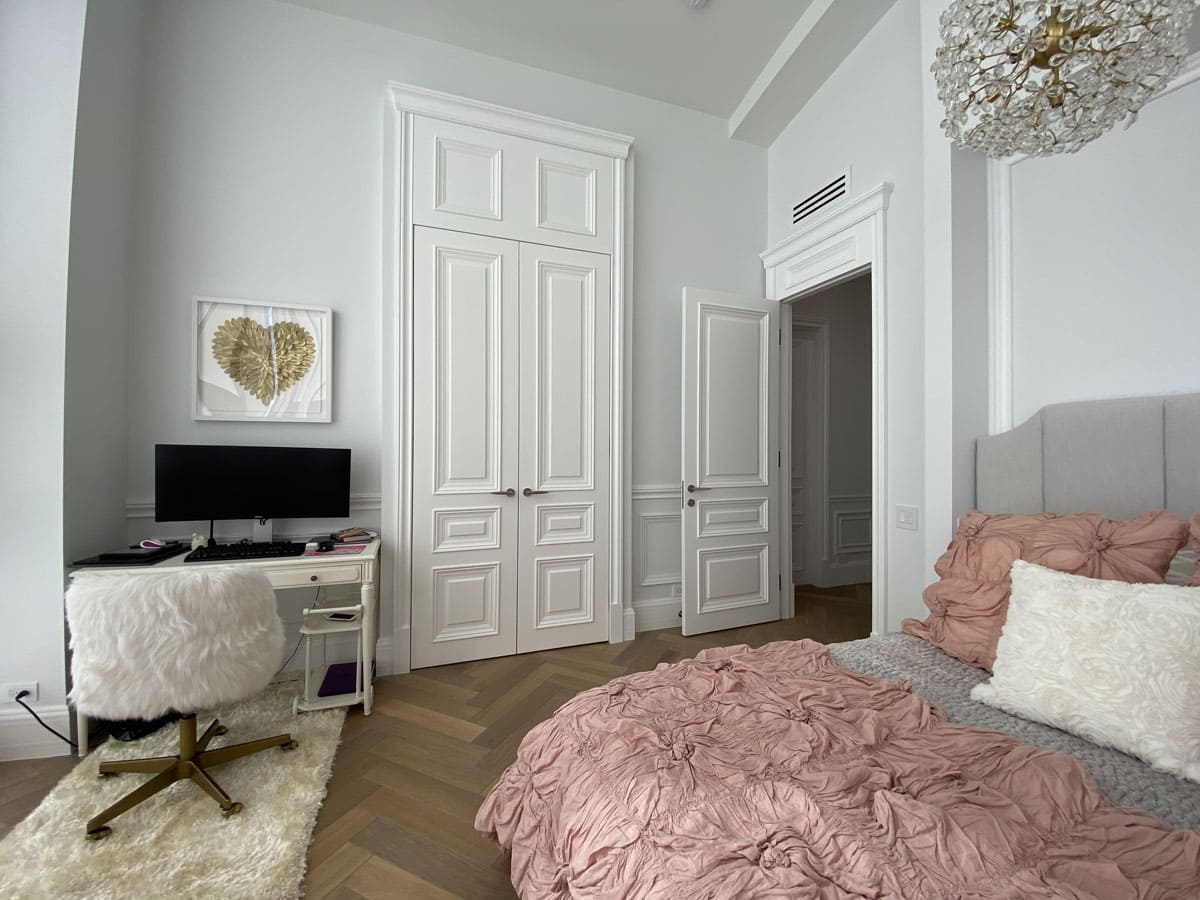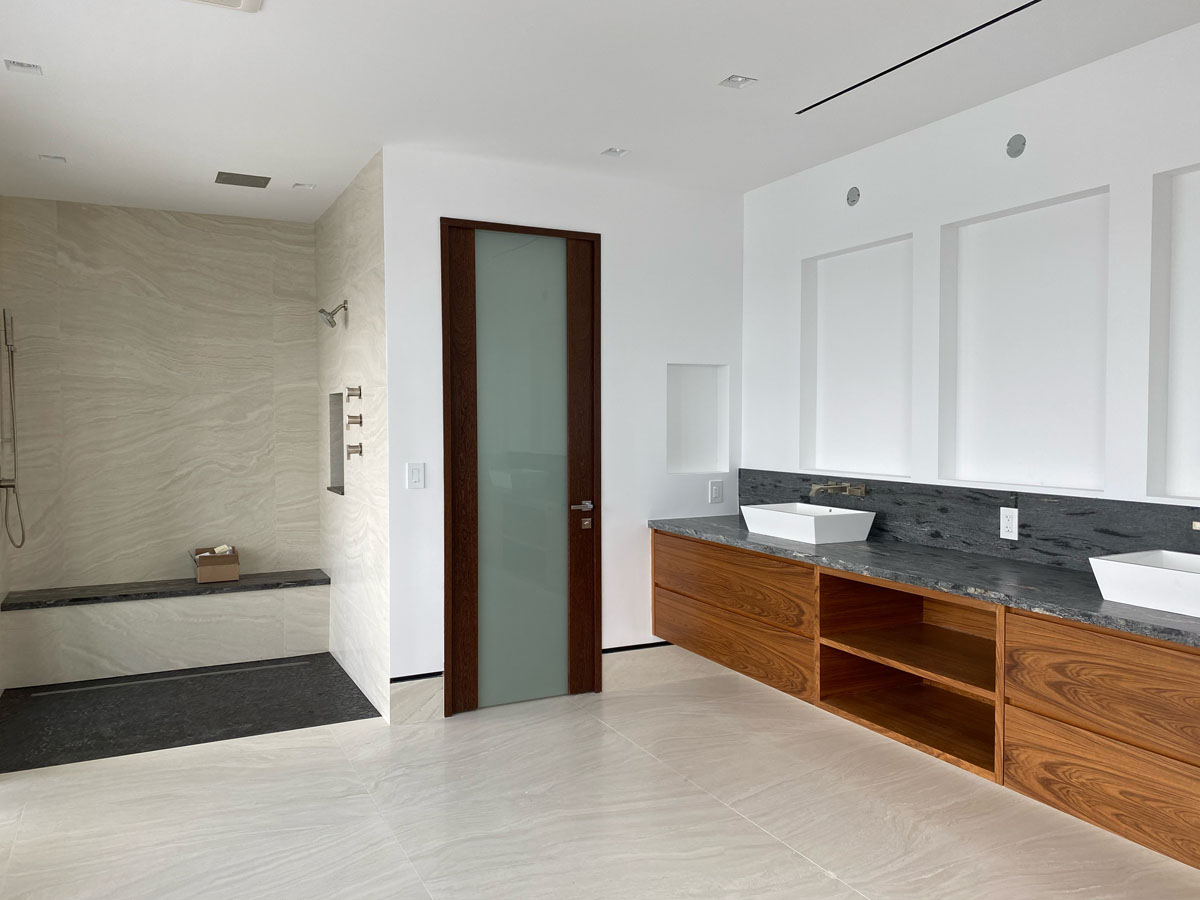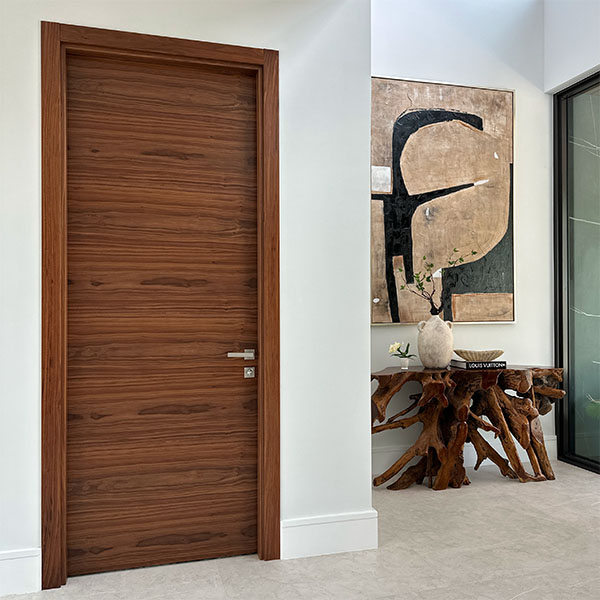European Interior Doors in Alabama by Indigo Doors
Indigo Doors is a leading company in the interior door and hardware market in the United States. Our office is located in Florida, but we serve customers all over the country, including Alabama (AL). We offer a wide range of products that include various types of doors to meet any needs and preferences. Our doors are made from high-quality materials, ensuring their durability and reliability.
Interior doors play a crucial role in the interior design of any home. They not only provide privacy but can also become a key element of the room's design. Indigo Doors understands the importance of quality and aesthetics, so we offer doors that meet the highest standards.
Our doors are designed according to modern design trends, combining functionality and aesthetics. We constantly update our range to meet market demands and our customers' needs. Our doors can be made from various materials such as wood, glass, and metal, allowing you to find the perfect option for any interior.
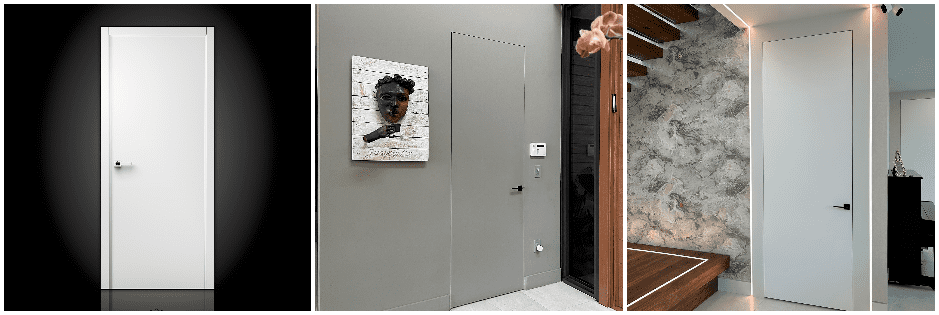
Types of Interior Doors in Alabama (AL)
We pride ourselves on offering a range of modern and stylish solutions for any interior. These include:
- Modern Interior Doors - Contemporary interior doors featuring minimalist design and high functionality. These doors are perfect for modern interiors where simplicity and elegance are important. They can be made from various materials, including wood and glass.
- Interior Barn Doors - Rustic-style doors that add a unique charm and authenticity to any space. These doors are often used in country houses and rustic-style interiors. They can be adorned with metal elements, giving them a distinctive look.
- Swing Doors - Classic hinged doors suitable for any interior. These doors are easy to install and provide reliable closure. They can be made from various materials and come in different styles.
- Double Swing Doors (French Doors) - Double hinged doors that add elegance and luxury to your home. These doors are often used in large spaces to create a sense of openness. They can be decorated with elements like stained glass.
- Pocket Doors - Doors that slide into the wall, saving space. These doors are ideal for small rooms where every square foot counts. They open and close easily without taking up extra space.
- Bypass Doors - Doors that slide parallel to each other, perfect for closets and wardrobes. These doors allow for convenient organization of space in closets and wardrobes, providing easy access to everything. They can be made from various materials and come in different designs.
- Bi-Fold Doors - Folding doors that are perfect for saving space. These doors consist of several panels that fold when opened, saving space in the room. They are often used for closets and other spaces where every square foot is valuable.
- Pivot Doors - Doors that open around a vertical axis, creating a modern look. These doors add innovation to your interior, creating a unique appearance. They can be made from various materials and come in different styles.
- Roto Doors - Rotating doors that add innovation to your interior. These doors open using a special mechanism that allows them to rotate around their axis. They are often used in modern interiors where creating a unique look is essential.
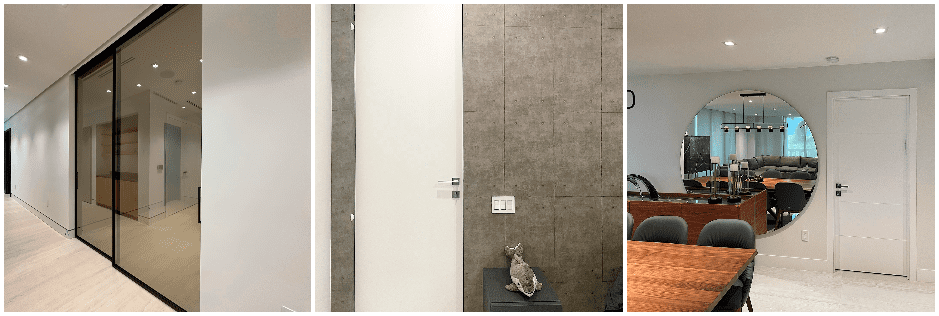
Door Hardware
We also offer a wide range of door hardware, including:
- Interior Door Handles - Handles that combine style and convenience. Our handles are made from high-quality materials, ensuring their durability and reliability. They are available in various styles and colors, allowing you to find the perfect match for any interior.
- Door Knobs - Classic and modern door knobs in various styles. Our knobs come in different designs, including classic round knobs, modern square knobs, and more. They are made from high-quality materials, ensuring durability and reliability.
- Interior Door Hardware - Hardware for installing and securing doors, including hinges, tracks, and other accessories. Our hardware is made from high-quality materials, ensuring reliable and safe door installation. We offer a wide range of door accessories, allowing you to find the perfect option for any interior.
Interior Doors for Different Rooms
Indigo Doors' interior doors are suitable for various rooms in your home:
- Bathroom Doors - Doors for bathrooms that are moisture-resistant and durable. Our bathroom doors are made from materials that withstand moisture, ensuring their longevity. They are available in various designs and colors, allowing you to find the perfect match for any bathroom.
- Bedroom Doors - Doors for bedrooms that provide privacy and comfort. Our bedroom doors are made from materials that provide sound insulation, creating a calm and cozy atmosphere. They are available in various styles and colors, allowing you to find the perfect match for any bedroom.
- Kids Room Doors - Doors for children's rooms that combine safety and vibrant design. Our kids' room doors are made from safe materials, ensuring durability and reliability. They are available in various bright colors and designs, creating a fun and cozy atmosphere in the children's room.
- Closet Doors - Doors for closets and wardrobes that help organize space. Our closet doors are made from high-quality materials, ensuring durability and reliability. They are available in various styles and colors, allowing you to find the perfect match for any closet or wardrobe.
- Hallway Doors - Doors for hallways that add aesthetics and functionality. Our hallway doors are made from materials that provide sound insulation, creating a calm and cozy atmosphere. They are available in various styles and colors, allowing you to find the perfect match for any hallway.
- Kitchen Doors - Doors for kitchens that combine practicality and style. Our kitchen doors are made from materials that withstand moisture and temperature fluctuations, ensuring their longevity. They are available in various designs and colors, allowing you to find the perfect match for any kitchen.
- Laundry Doors - Doors for laundry rooms that help maintain cleanliness and order. Our laundry room doors are made from materials that withstand moisture, ensuring their longevity. They are available in various styles and colors, allowing you to find the perfect match for any laundry room.
- Living Room Doors - Doors for living rooms that create coziness and comfort. Our living room doors are made from materials that provide sound insulation, creating a calm and cozy atmosphere. They are available in various styles and colors, allowing you to find the perfect match for any living room.
- Office Doors - Doors for offices that emphasize professional style and convenience. Our office doors are made from materials that provide sound insulation, creating a calm and productive atmosphere. They are available in various styles and colors, allowing you to find the perfect match for any office.
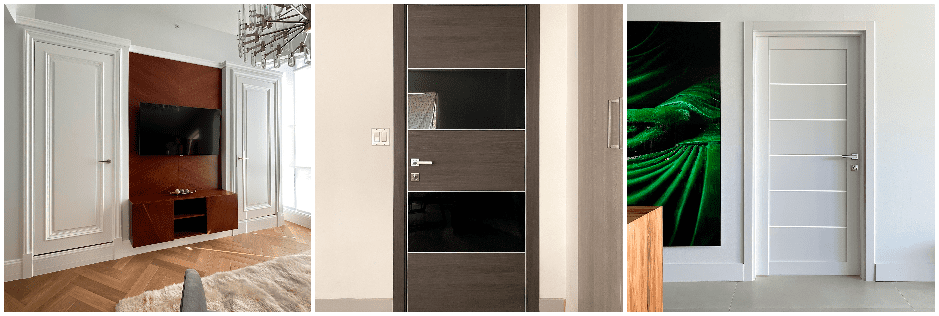
Door Colors and Styles
Our range of doors includes various colors and styles suitable for any interior:
- Black Interior Doors - Black interior doors that add elegance and modernity. These doors are perfect for modern interiors where simplicity and elegance are important. They can be made from various materials, including wood and glass.
- White Interior Doors - White doors that create a bright and clean atmosphere. These doors are perfect for any interior, adding freshness and cleanliness. They can be made from various materials and come in different styles.
- Blue Interior Doors - Blue doors that add brightness and individuality. These doors are perfect for modern interiors where adding a color accent is essential. They can be made from various materials and come in different styles.
- Gray Interior Doors - Gray doors suitable for modern minimalist interiors. These doors add elegance and modernity to your home. They can be made from various materials and come in different styles.
- Brown Interior Doors - Brown doors that add warmth and naturalness. These doors are perfect for classic and traditional interiors. They can be made from various materials and come in different styles.
- Beige Interior Doors - Beige doors that create a neutral and calm atmosphere. These doors are perfect for any interior, adding warmth and coziness. They can be made from various materials and come in different styles.
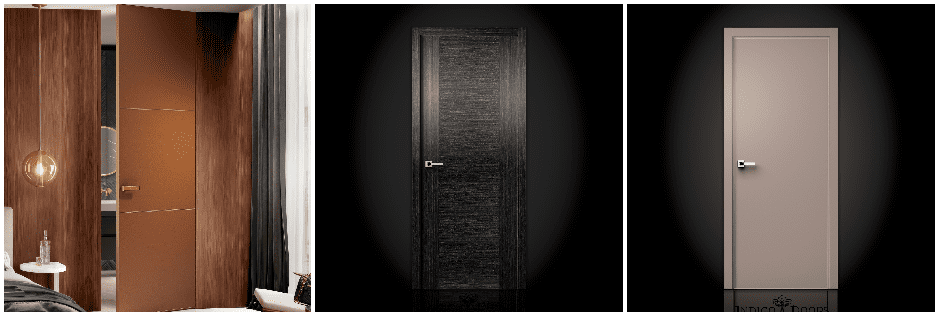
Ordering Doors in Alabama
We deliver interior doors throughout the United States, including Alabama (AL). You can order our doors in cities like Birmingham, Montgomery, Mobile, Huntsville, Tuscaloosa, Hoover, Dothan, Decatur, Auburn, Madison, and others. You can place an order online through our website, and we will ensure quick and reliable delivery right to your home.
We understand that choosing interior doors can be a challenging task, so we offer consultations with our specialists. They will help you choose the doors that best suit your needs and preferences. We also offer door installation services, allowing you to save time and effort.
Our doors are made from high-quality materials, ensuring their durability and reliability. We offer a warranty on all our products, giving you confidence in their quality. Our doors are available in various styles and colors, allowing you to find the perfect match for any interior.
You can order European doors from Indigo Doors or buy interior doors with delivery to any state and city, including:
Frequently Asked Questions About Interior Doors
Where can I buy interior doors?
You can purchase our exclusive European interior doors directly from Indigo Doors. Visit our showroom in Alabama or contact us through our website to place an order.
How do I choose the right interior doors?
Choosing the right interior doors involves considering factors such as the design, material, size, and finish that will best complement your home's interior. Our experts at Indigo Doors can help guide you through the selection process to find the perfect doors for your space.
What types of interior doors do you offer?
We offer a wide variety of European interior doors, including modern, classic, and custom designs. Our selection includes different materials such as wood, glass, and composite options to suit any style preference.
How do I paint interior doors?
To paint interior doors, start by removing the door from its hinges and laying it flat. Clean the surface, sand it lightly, and apply a primer. Once the primer is dry, paint the door with your chosen color using smooth, even strokes. Allow the paint to dry completely before reattaching the door.
How do I hang interior doors?
Hanging interior doors involves measuring the door frame, cutting the door to fit if necessary, attaching the hinges, and securing the door to the frame. For a precise and professional installation, consider hiring a qualified installer. Our team at Indigo Doors can recommend trusted professionals in Alabama.
How do I measure for interior doors?
To measure for interior doors, you'll need to determine the height, width, and thickness of the existing door or the door frame. Measure the width at the top, middle, and bottom of the opening, the height from the floor to the top of the frame, and the thickness of the door. These measurements will help ensure a proper fit for your new doors.
If you have any other questions, please feel free to contact us at (305) 602-5550 or visit our showroom. Our team at Indigo Doors is here to assist you with all your interior door needs.




